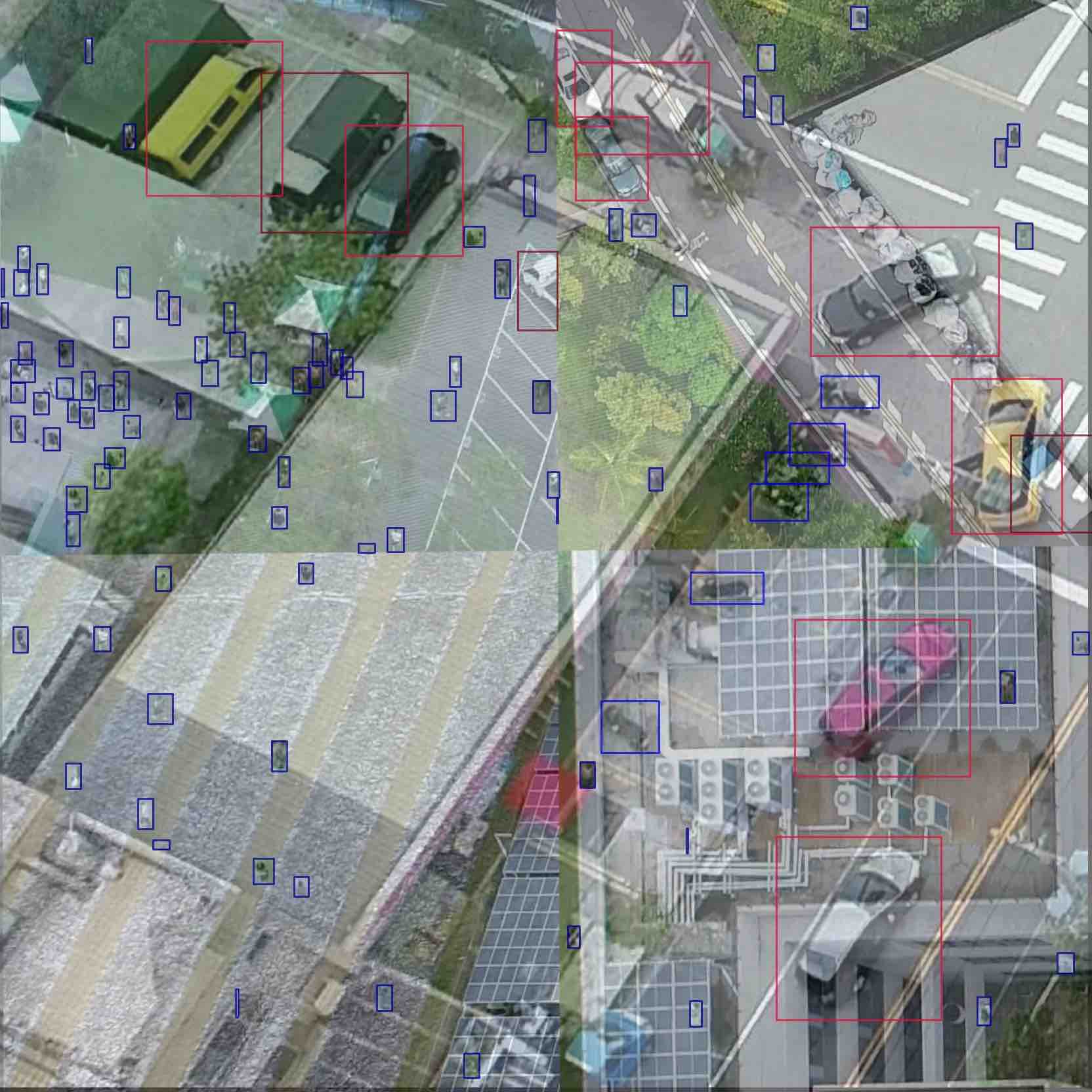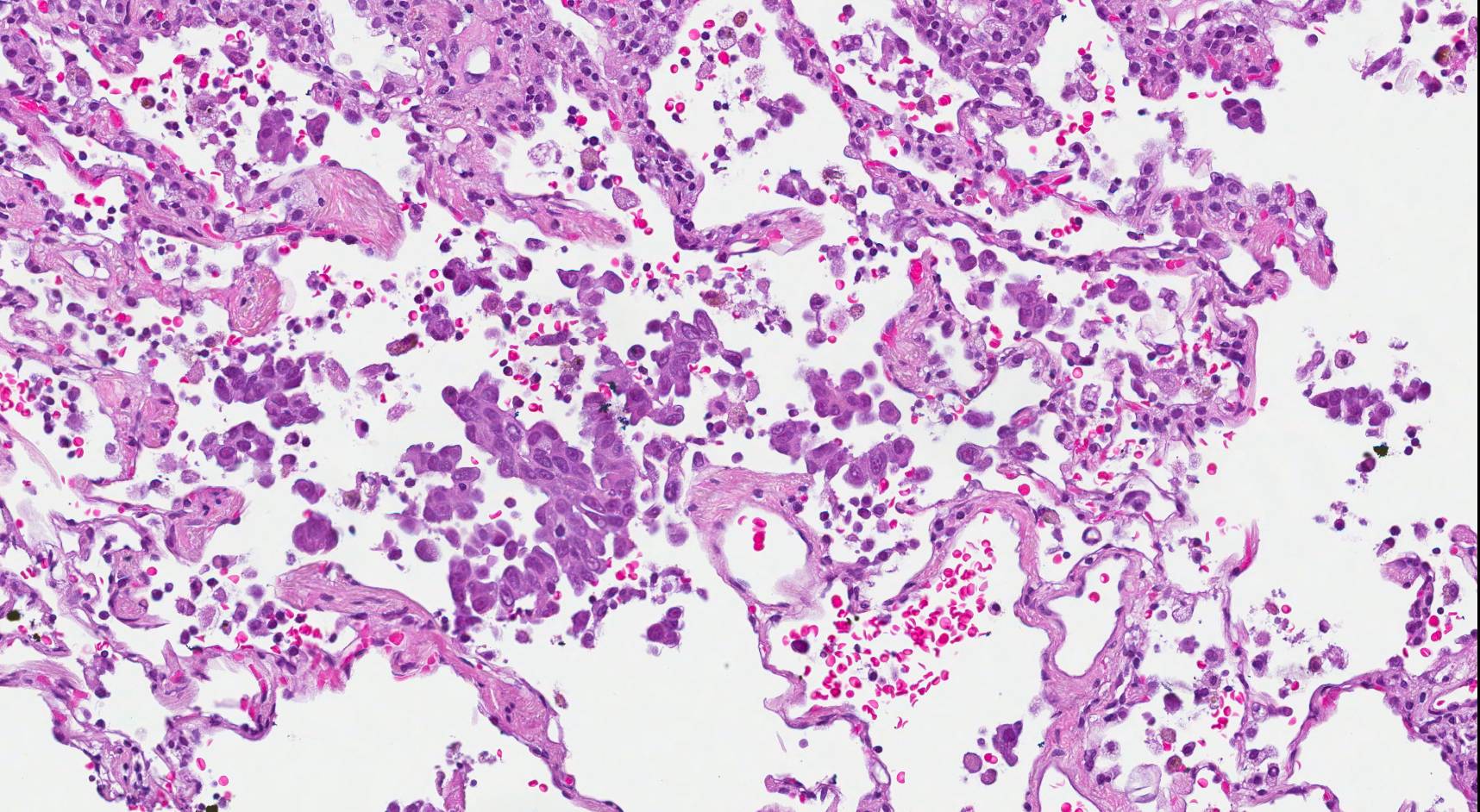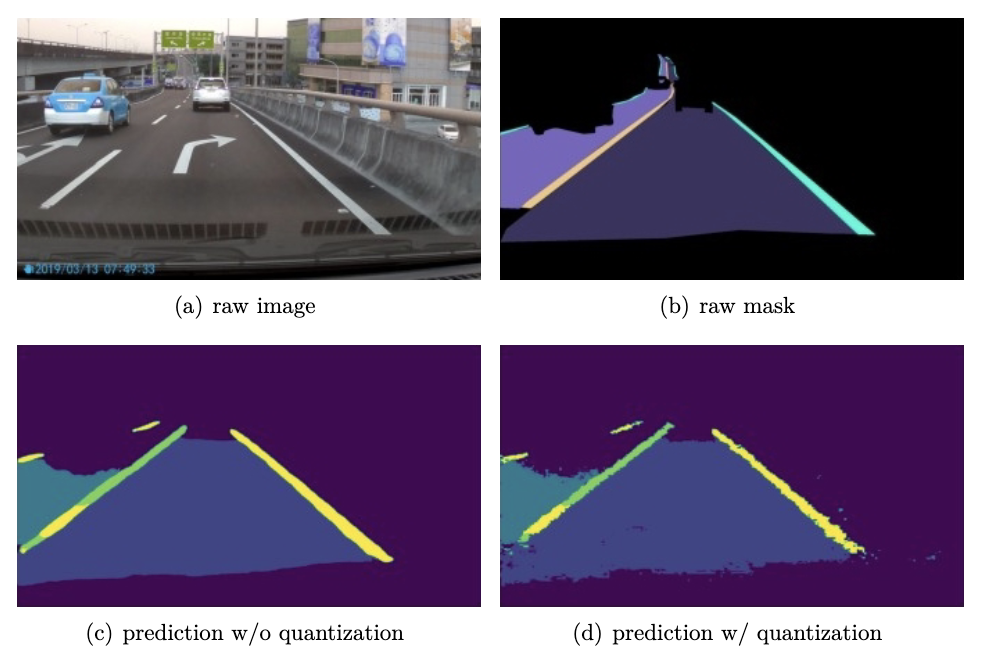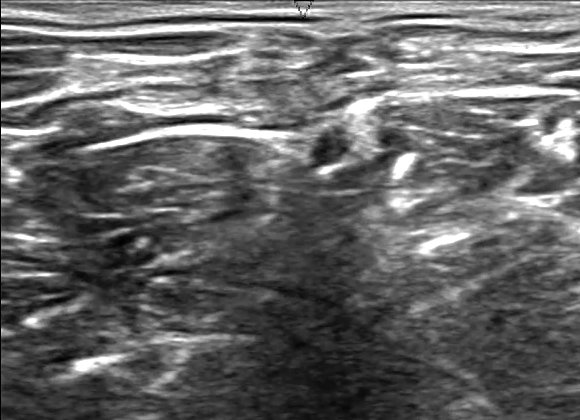Projects
Filters
GANLAI: A Multimodal AI-Driven Virtual Reality Boxing Game Prototype for Stress Relief
Yen-Ju Wang, Jia-Syuan Xiao, Yu-Ching Ger, Ting-Shan Pan, Jia-Wei Liao, Chen-Shi Liu, Yun-Chi Chen, Po-Feng Lin, OpenHCI Workshop, 2025 (Accepted to TAAI 2025).
DiffMusic: A Zero-shot Diffusion-Based Framework for Music Inverse Problem
Jia-Wei Liao, Pin-Chi Pan, and Sheng-Ping Yang, Deep Learning for Music Analysis and Generation Final Project, 2024.
Taiwan-LLM Tutor: Revolutionizing Taiwanese Secondary Education with Large Language Model
Jia-Wei Liao, Ji-Jia Wu, Kun-Hsiang Lin, and Kang-Yang Huang, Applied Deep Learning Final Project, 2023.
Multimodal Pathological Voice Classification
Chun-Hsien Chen, Shu-Cheng Zheng, Jia-Wei Liao, and Yi-Cheng Hung, AICUP, 2023
Optimizing Marketing Strategies and Data Analysis for Bag Brand
Yi-Jhen Ciou, I-Ting Wang, Kai Yu, and Jia-Wei Liao, TMBA Final Project, 2023
A Small Object Detection Framework for Unmanned Aerial Vehicles Images
Jing-En Huang and Jia-Wei Liao, AI CUP, 2022.
We developed a state-of-the-art one-stage detection model as the baseline framework for the competition, with the goal of accurately detecting small objects. As a result, we achieved a top 5 ranking in the competition with a public score of 0.7394 and a private score of 0.7550.

Crop Image Recognition
Jia-Wei Liao, Yen-Jia Chen, Yi-Cheng Hung, Jing-En Hung, and Shang-Yen Lee, AI CUP, 2022.
We trained EfficientNet and Swin Transformer model, incorporating auto-augmentation techniques to enhance dataset diversity. To assess the stability and benefits of ensemble methods, we applied Test-Time Augmentation (TTA) and ensemble strategies to both public and private datasets. This approach resulted in a public ranking of 9th and a private ranking of 8th, with scores of 0.9329 and 0.9344, respectively.

Explainable Information Tagging for Natural Language Understanding
Jia-Wei Liao, Jung-Mei Chu, and Chia-Chi Huang, AI CUP, 2022.
We constructed an explainable deep learning model for a NLP task by converting it into a summary task. We applied the T5 model to two datasets with different pre-processing methods and surpassed the original data's baseline. We achieved a public score of 0.801772 and a private score of 0.85190.
Contour Segmentation for Spread Through Air Spaces in Lung Adenocarcinoma
Jia-Wei Liao, Kuok-Tong Ng, and Yi-Cheng Hung, AI CUP, 2022.
We developed a UNet-based model with a diverse backbone, addressing the imbalance of foreground and background through a combination of DiceLoss and Focal Loss, and enhancing robustness through auto-augmentation. Our post-processing strategies improved accuracy, resulting in a 3rd place public ranking and 16th place private ranking, with scores of 0.9194 and 0.9109 respectively.

Supervised Learning for Few-Shot Orchid types Classification with Prior Guided Feature
Yu-Hsi Chen, Jia-Wei Liao, and Kuok-Tong Ng, AI CUP, 2022.
We developed a few-shot learning approach to accurately distinguish visually similar orchid species, addressing challenges posed by biotechnology-created species and limited training data. Using various models, data augmentations, and optimization techniques, we ensembled top predictions, achieving a Macro-F1 score of 0.9115 (public) and 0.8096 (private), ranking 15th out of 743 teams.

MediaTek Low-power Segmentation Competition
Jia-Wei Liao, Machine Learning Final Project, 2022.
We proposed a lightweight semantic segmentation model optimized for embedded systems and traffic scene analysis in Asian regions, including Taiwan. The model balances accuracy, low power consumption, and real-time performance, designed for MediaTek's Dimensity Series platform. Evaluated using mIoU, a standard metric for semantic segmentation, it achieved a public test score of 0.5624.

Ultrasound Nerve Segmentation
Jia-Wei Liao, Kuok-Tong Ng, and Yi-Cheng Hung, VRDL Final Project (Kaggle), 2021
We propose a deep learning method for ultrasound nerve segmentation using UNet with an EfficientNet backbone. Two novel techniques, Erosion Mask Smoothing (ELS) and adaptive Single Model Ensemble (ASME), improved performance. Evaluated with the Dice Similarity Coefficient (DSC), our approach achieved a private test score of 0.7234, surpassing the baseline.

Low Rank Matrix Factorization for Recommender System
Jia-Wei Liao, Kuok-Tong Ng, and Yi-Cheng Hung, Introduction to Scientific Computing Final Project, 2021
Sentiment Analysis of Food Reviews on Yelp Platform
Jia-Wei Liao, Yi-Cheng Hung, and Yu-Lin Tsai, Introduction to Data Science Final Project, 2021
Solving the Biharmonic Equation by Deep Neural Network
Jia-Wei Liao, Yu-Hsi Chen, and Woan-Rong Huang, Numerical Partial Differential Equations Final Project, 2021
3D Shape Morphing Animation based on Poisson Image Editing
Jia-Wei Liao and Kuok-Tong Ng, 3D Computationl Geometry Final Project, 2021
Mean Curvature Flow on Graphs for Image Denoising
Jia-Wei Liao and Kuok-Tong Ng, Image Processing with Partial Differential Equations Final Project, 2020
Online Dictionary Learning for Image Inpainting
Jia-Wei Liao and Kuok-Tong Ng, Optimization for Data Science Final Project, 2020
Variational Models and Numerical Methods for Image Processing
Jia-Wei Liao, Chun-Hsien Chen, and Chen-Yang Dai, NCTS-USRP Final Project, 2020